




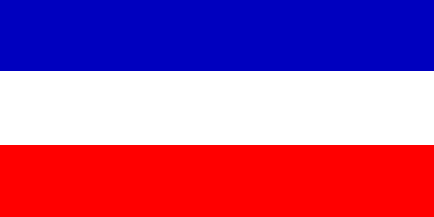
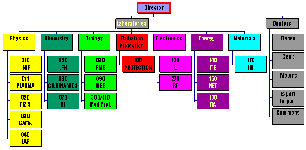
The Institute of the Nuclear Sciences VINCA is the only nuclear institute in Yugoslavia. The VINCA Institute of Nuclear sciences situated 15 km from the downtown of Belgrade, less than 2 km from the Danube river, near the archaeological site Vinca, a Neolithic culture site dating to about 5000 BC. The VINCA Institute of Nuclear sciences is the most important scientific institute in the Federal Republic of Yugoslavia. It was founded on January 21, 1948, as the Institute of Physics. However, it grew rapidly and the research diversified. By 1953, it had become a nuclear sciences center and its name was changed, in tribute to Boris Kidric (a minister in the Yugoslav Government), into the Institute of Nuclear Sciences "Boris Kidric". The present name dates from January 1, 1992.
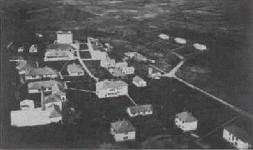 A Physics Laboratory was established in 1948 at the founding of the Institute. The fundamental research and the outstanding results attracted many talented young people. The Laboratory reached its "critical mass" and further diversification took place. A number of the laboratories come into being as out-growths of the Physics Laboratory. First Neutron Research Group was formed at the founding of the Institute in the original Physics Laboratory. This group was the core of the Laboratory for Reactor Physics and Dynamics, founded in 1955. The original Laboratory for Physical Chemistry was established in 1948 at the founding of the Institute. Initially, uranium, thorium and other rare earth ore analysis techniques and neutron source production were
mastered. The sources were used in fundamental research throughout the
Institute. Considerable effort was also invested in heavy water production
and control. As the Laboratory grew, various groups became independent
and formed new laboratories.
A Physics Laboratory was established in 1948 at the founding of the Institute. The fundamental research and the outstanding results attracted many talented young people. The Laboratory reached its "critical mass" and further diversification took place. A number of the laboratories come into being as out-growths of the Physics Laboratory. First Neutron Research Group was formed at the founding of the Institute in the original Physics Laboratory. This group was the core of the Laboratory for Reactor Physics and Dynamics, founded in 1955. The original Laboratory for Physical Chemistry was established in 1948 at the founding of the Institute. Initially, uranium, thorium and other rare earth ore analysis techniques and neutron source production were
mastered. The sources were used in fundamental research throughout the
Institute. Considerable effort was also invested in heavy water production
and control. As the Laboratory grew, various groups became independent
and formed new laboratories.
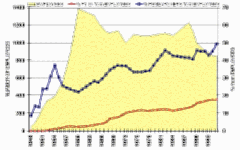 The trend of rapid growth continued until 1960. New, well equipped laboratories, two reactors and a library were built. The nuclear program was considerably curtailed during the 1970s. As a result, research turned increasingly to the problems encountered in the industrial development of the country. The years 1992 - 1996 were difficult ones for the Institute. After the forceful separation of the former of republics from Socialist Federal Republic of Yugoslavia and the United Nations sanctions imposed on the Federal Republic of Yugoslavia.
The trend of rapid growth continued until 1960. New, well equipped laboratories, two reactors and a library were built. The nuclear program was considerably curtailed during the 1970s. As a result, research turned increasingly to the problems encountered in the industrial development of the country. The years 1992 - 1996 were difficult ones for the Institute. After the forceful separation of the former of republics from Socialist Federal Republic of Yugoslavia and the United Nations sanctions imposed on the Federal Republic of Yugoslavia.
Today, the Institute has 900 employees. About a half of them (455) are university graduates, more than 400 are researchers (160 doctors of science - PhD, and 130 masters of science - MSc). The number of employees, their qualification structure, academic degrees and the age vary in time. The maximal number was registered in 1960 (nearly 1400).
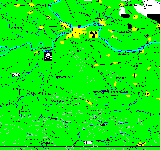
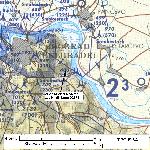
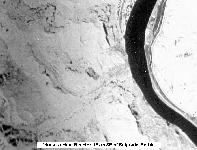
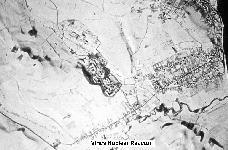
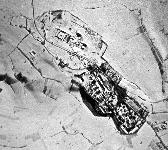
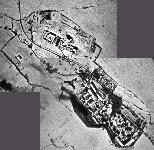
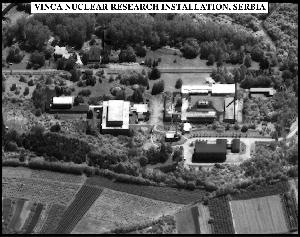 In late May 1999 there was a claim in the press that NATO had inflicted some collateral damage at Vinca. According to the DoD News Briefing on Saturday, May 29, 1999, an image acquired the previous night provided no indication whatsoever of any damage that would have been caused by any bombing. According to the Defense Department, the closest NATO came to Vinca was over several kilometers away.
In late May 1999 there was a claim in the press that NATO had inflicted some collateral damage at Vinca. According to the DoD News Briefing on Saturday, May 29, 1999, an image acquired the previous night provided no indication whatsoever of any damage that would have been caused by any bombing. According to the Defense Department, the closest NATO came to Vinca was over several kilometers away.
